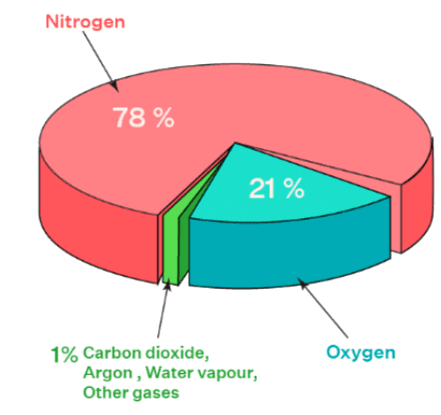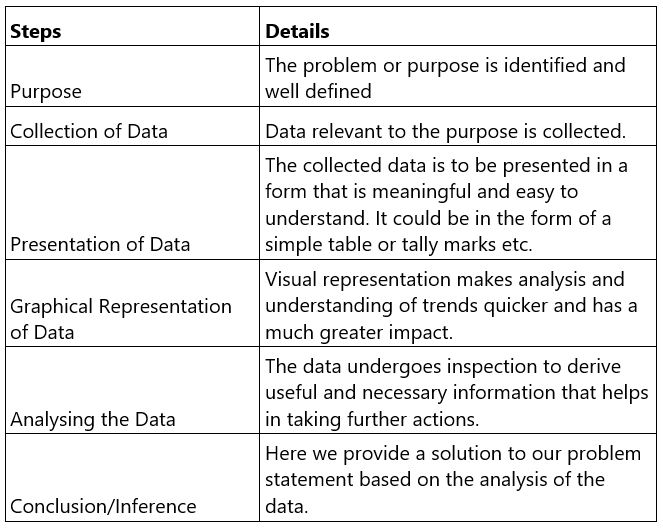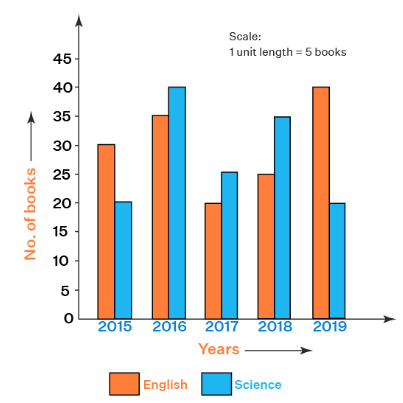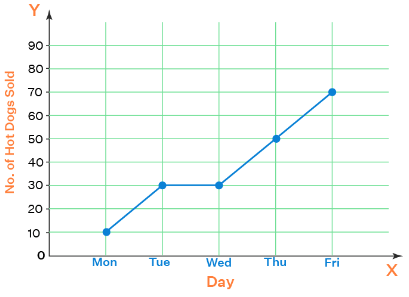Data Handling | The Complete SAT Course - Class 10 PDF Download
Introduction
Data handling is considered one of the most important topics in statistics as it deals with collecting sets of data, maintaining security, and the preservation of the research data. The data here is a set of numbers that help in analyzing that particular set or sets of data. Data handling can be represented visually in the form of graphs.
Definition of Data Handling
Data Handling is the process of gathering, recording, and presenting information in a way that is helpful to analyze, make predictions and choices. Anything that can be grouped based on certain comparable parameters can be thought of as data. Parameters mean the context in which the comparison is made between the objects.
Data handling usually represent in the form of pictographs, bar graphs, pie charts, histograms, line graphs, stem and leaf plots, etc. All of them have a different purpose to serve. Have a look at the composition of the air that we have learned about in our science classes.
The constituents of air are presented with different colors in the form of parts of a pie. Do you think, a bar chart, line graph, or any other graphical representation would be able to communicate the information as effectively as this one. Definitely no. With a detailed study of each of them, you can clearly understand the purpose of each of them and use them suitably.
Types of Data
Data handling is performed depending on the types of data. Data is classified into two types, such as Quantitative Data and Qualitative Data. Quantitive data gives numerical information, while qualitative data gives descriptive information about anything. Quantitative can be either discrete or continuous data.
Important Terms in Data Handling
In data handling, there are 4 important terms or most frequently used terms that make it simple to understand the concept better. The terms are:
- Data: It is the collection of numerical figures of any kind of information
- Raw Data: The observation gathered initially is called the raw data.
- Range: It is the difference between the highest and lowest values in the data collection.
- Statistics: It deals with the collection, representation, analysis, and interpretation of numerical data.
Steps Involved in Data Handling
Following are the steps to follow in data handling:
Graphical Representation of Data Handling
Data handling can be represented in a number of graphical ways. Here is a list of various types of graphical representations of data that are very effective in data handling.
Bar Graphs
Bar graphs represent data in the form of vertical or horizontal bars showing data with rectangular bars and the heights of bars are proportional to the values that they represent. Bar graphs help in the comparison of data and this type of graph is most widely used in statistics. Look at the image below as an example.
Pictographs or Picture Graphs
Pictograph is a type of graph where information is represented in the form of pictures, icons, or symbols. It is the simplest form of representing data in statistics and data handling. Since the use of images and symbols are more in a pictograph, interpreting data is made easy along with representing a large number of data. Look at the example below for a better understanding.
Line Graphs
In data handling the data represented in the form of a line on a graph is the line graph. The graph helps in showcasing the different trends or changes in the data. The line segment plotted on the graph is constructed by connecting individual data points together. Look at the example below to understand it better.
Pie Charts
A pie chart is data represented in a circular graph divided into smaller sectors to denote certain information. Pie charts help in showcasing the profit and loss for a business, while in school in showcasing the number depending on the data. This kind of chart is widely used in marketing sales. Look at the example below, the pie chart shows how people like the mentioned fruits from a group of 360.
Scatter Plot
Scatter plot represents the points and then the best fit line is drawn through some of the points. Any 3D data in data handling can be represented by a scatter plot. Look at the example below to understand it better.
|
433 videos|220 docs|166 tests
|
















